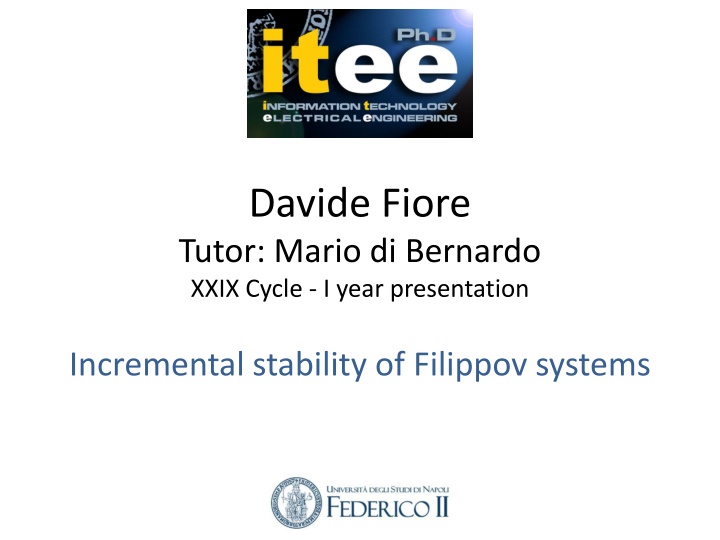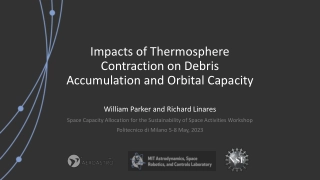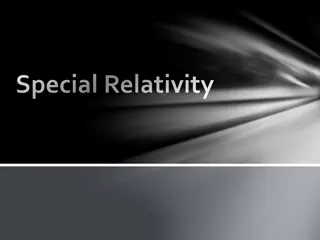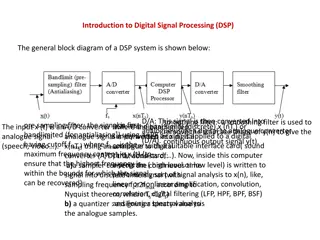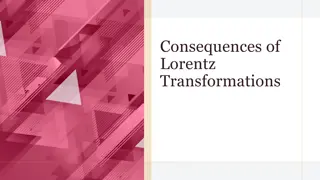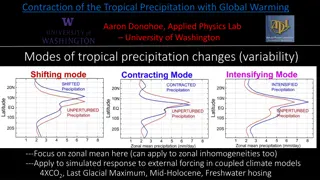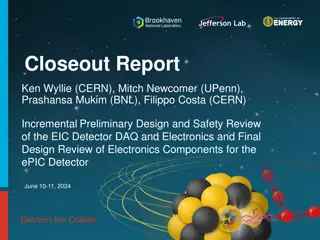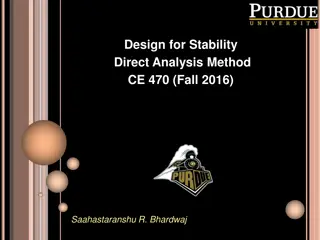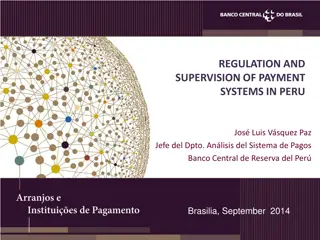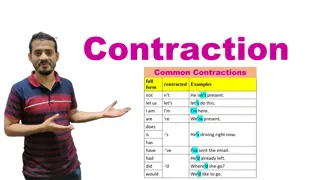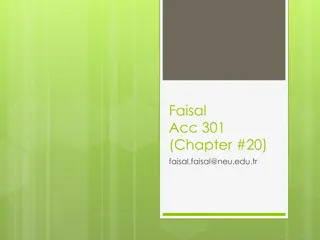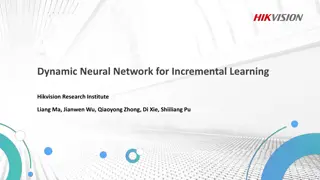Incremental Stability of Filippov Systems: Contraction Theory and Applications
Study the incremental stability of Filippov systems using contraction theory, exploring how generic trajectories converge and the conditions for stability. Investigate extending contraction theory to discontinuous switching systems.
Download Presentation

Please find below an Image/Link to download the presentation.
The content on the website is provided AS IS for your information and personal use only. It may not be sold, licensed, or shared on other websites without obtaining consent from the author.If you encounter any issues during the download, it is possible that the publisher has removed the file from their server.
You are allowed to download the files provided on this website for personal or commercial use, subject to the condition that they are used lawfully. All files are the property of their respective owners.
The content on the website is provided AS IS for your information and personal use only. It may not be sold, licensed, or shared on other websites without obtaining consent from the author.
E N D
Presentation Transcript
Davide Fiore Tutor: Mario di Bernardo XXIX Cycle - I year presentation Incremental stability of Filippov systems
My Background I from University of Napoli Federico II with the thesis Convergence analysis of Filippov systems via contraction theory received the M.Sc. degree in Ingegneria dell Automazione I work with the SINCRO group My fellowship is Fondo Sostegno ai Giovani - FSGDIS Davide Fiore 2
Outline What is incremental stability? Why is contraction theory useful? What is a Filippov system? Our results Davide Fiore 3
Incremental Stability In many cases it is useful to study a system stability without having the exact knowledge of some attractors or nominal solutions. It is sufficient to know that two generic trajectories of the system converge towards each other. This incremental stability property is the so-called Davide Fiore 4
Contraction Theory Contraction theory provides a sufficient condition for incremental stability. If a system is contracting then it is exponentially incrementally stable. Davide Fiore 5
Contraction Theory Contraction theory provides a sufficient condition for incremental stability. If a system is contracting then it is exponentially incrementally stable. Problem: Most of the available results assumes continuous differentiability of the system vector field, but in many applications systems are described by differential equations with discontinuities. Davide Fiore 6
Filippov systems Our research is aimed to extend contraction theory to some classes of switching systems, particularly those discontinuous right-hand sides (or Filippov systems). modelled by ODEs with A bimodal Filippov system is given by where and are two smooth vector fields is the sliding vector field and it is given by Davide Fiore 7
Problem statement Under what conditions on the system the sliding vector field is incrementally stable? Our idea is to treat as a constrained vector field with and study its contraction properties Davide Fiore 8
Methodology 1. Find the projector onto the hyperplane tangent to 2. Find a change of coordinates embedding the constraint , with , 3. Obtain the reduced order (n-1 dimensional) system describing the Filippov system on the manifold as with 4. Then the incremental stability of the Filippov system on studied evaluating the matrix measure of the Jacobian given as can be Davide Fiore 9
My Products Conference paper: M. di Bernardo, D. Fiore, Incremental stability of Filippov systems in Rn , 2014 IEEE 53rd Annual Conference on Decision and Control (CDC), p. 4679-4684, Los Angeles, California, 2014 In preparation: M. di Bernardo, S.J. Hogan, D. Fiore, Contracting Filippov systems: a regularization approach M. di Bernardo, M. Jeffrey, D. Fiore, On contracting sliding vector fields Davide Fiore 10
Next year Continue the work on contraction of PWS systems using other analytical tools, such as Singular perturbation theory to regularize the discontinuities Utkin s control approach to the sliding mode control Summary of the first year activity and outlook on the second year: Davide Fiore 11
